Debate is angular, conversation circular and radiant of the underlying unity
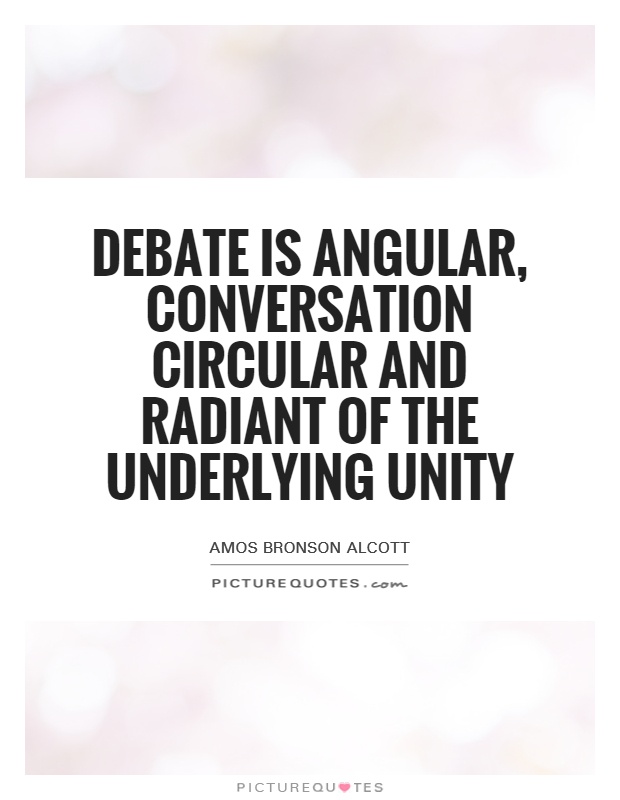
Debate is angular, conversation circular and radiant of the underlying unity
Amos Bronson Alcott, a prominent American educator and philosopher, believed in the power of debate and conversation as tools for intellectual growth and understanding. He saw debate as a way to challenge ideas, provoke critical thinking, and ultimately arrive at a deeper understanding of the truth. However, Alcott also recognized the limitations of debate, as it often leads to polarization and division among individuals. In contrast, he viewed conversation as a more holistic and inclusive form of communication that fosters unity and connection among people.Alcott's philosophy on debate and conversation can be best understood through the metaphor of angles and circles. Debate, with its sharp edges and opposing viewpoints, can be likened to angles that create tension and conflict. While debate can be a valuable tool for exploring different perspectives and challenging assumptions, it can also lead to a sense of division and discord. In contrast, conversation, with its circular and radiant nature, is more about building connections and finding common ground. Through conversation, individuals can engage in a more open and collaborative exchange of ideas, leading to a deeper sense of unity and understanding.
Alcott believed that both debate and conversation have their place in intellectual discourse, but he emphasized the importance of balancing the two. While debate can be a useful tool for sharpening one's arguments and challenging assumptions, it is ultimately through conversation that true understanding and unity can be achieved. By engaging in open and respectful dialogue with others, individuals can transcend their differences and come together in a spirit of mutual respect and cooperation.
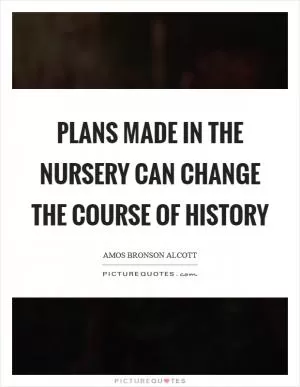
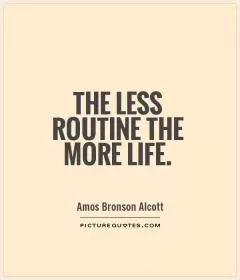

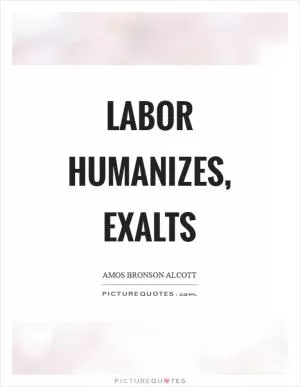
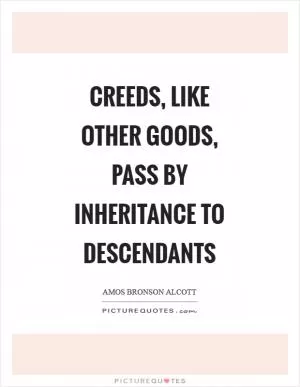
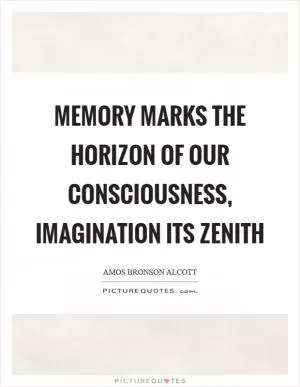
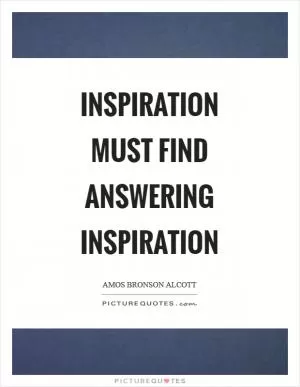
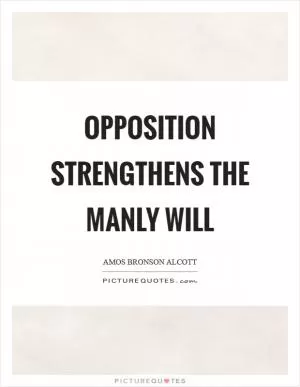
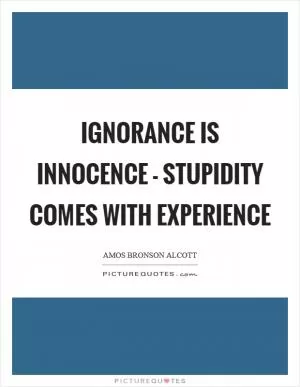


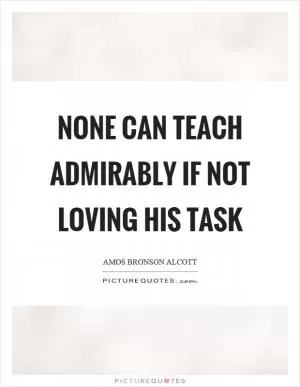
 Friendship Quotes
Friendship Quotes Love Quotes
Love Quotes Life Quotes
Life Quotes Funny Quotes
Funny Quotes Motivational Quotes
Motivational Quotes Inspirational Quotes
Inspirational Quotes